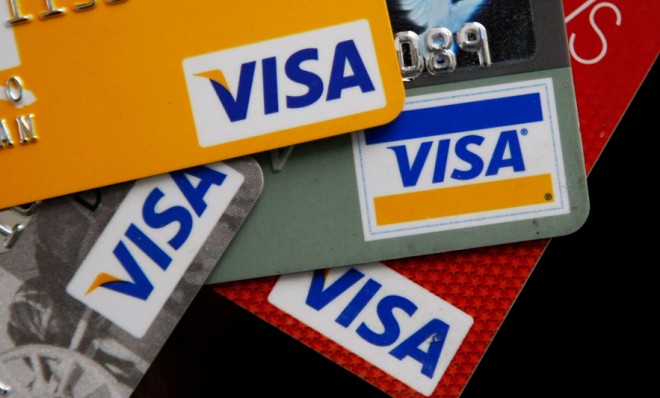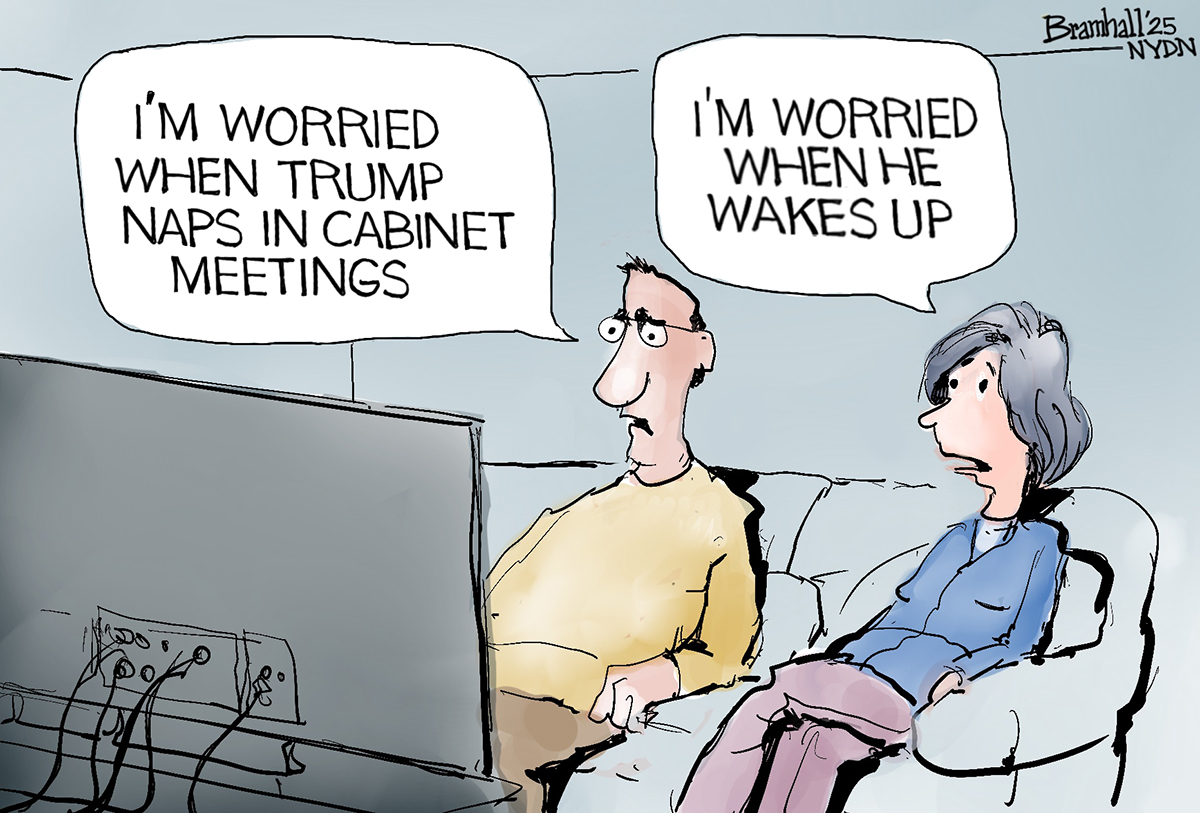The Dow's major shake-up is no big deal
Nightly newscasts and CNBC talking heads love reporting the rises and falls of the Dow Jones Industrial Average. But it's actually a rather poor economic indicator.

The Dow Jones Industrial Average just announced its biggest shake-up in a decade.
On Sept. 23, Bank of America, Hewlett-Packard, and Alcoa will get the boot from the 30-stock index, and Nike, Visa, and Goldman Sachs will take their places.
The S&P Dow Jones Indices, which makes these decisions, cited "the low stock price of the three companies" and "a desire to diversify the sector and industry group representation of the index" as reasons for the swap.
The Week
Escape your echo chamber. Get the facts behind the news, plus analysis from multiple perspectives.

Sign up for The Week's Free Newsletters
From our morning news briefing to a weekly Good News Newsletter, get the best of The Week delivered directly to your inbox.
From our morning news briefing to a weekly Good News Newsletter, get the best of The Week delivered directly to your inbox.
For the uninitiated: The Dow Jones Industrial Average is derived from the stock prices of 30 U.S.-based, publicly traded companies. Along with the S&P 500 and the Nasdaq indices, the Dow is widely considered a general benchmark for the health of the entire stock market, and thus the economy at large. Frequently cited in the news, the average (which actually isn't an average at all) shows how the 30 companies have traded during a standard session in the market.
But placing too much weight on the rising (or cratering) fortunes of the Dow is problematic. For one thing, there are only 30 stocks, which are supposed to represent various sectors of the economy. The S&P 500 is derived from 500 stocks, while the Nasdaq 100 is derived from 100. And the Dow's 30 are picked by a committee, which sometimes changes the list "according to semi-arbitrary criteria," says Mathew Yglesias at Slate. This makes it "a somewhat bizarre economic indicator," he says.
Another big difference is that the "average" itself is based on the per-share price of the stocks — not, say, the market capitalization of a company, which is what the S&P 500 is determined by, and which actually indicates something about the company's size. (For non financial-types: "Market capitalization" is the total value of all of a company's outstanding shares, while per-share price represents a single piece of stock.)
Neil Irwin from The Washington Post used this example to explain why per-share price isn't the best indicator of a company's influence:
A free daily email with the biggest news stories of the day – and the best features from TheWeek.com
Bank of America is being booted, it would seem, for its sub-$15 per-share price, in favor of Goldman Sachs with a $164 share price. But Bank of America is a way bigger company! Its total market capitalization is $155.6 billion, to $74.5 billion for Goldman. It has 257,000 employees, to 32,000 for Goldman. It is engaged in banking and lending activity in basically every community in America, as opposed to Goldman’s specialty investment banking business. But when you find yourself in the archaic trap of weighing companies based on their per-share price, that's the kind of absurdity you end up with. [The Washington Post]
Calling the index "a small batch artisanal stock index" (zing!), Yglesias also warns that the reliance on per-share price is preventing the index from including common sense additions:
The obvious HP replacement, after all, would be Apple — a company that's broadly in the same industry as HP but is now much more economically significant than HP is. But since the DJIA is price-weighted rather than market-cap weighted companies like Apple that have a very high share price would skew the index too much. So you get no Apple and you get no Google. [Slate]
So don't fret too much over the Dow's shifting members. Really, don't worry too much about the Dow in general. As Irwin says: "It is an accident of history that the Dow is the most widely cited measure of how the overall stock market is doing, and a bad accident."
Carmel Lobello is the business editor at TheWeek.com. Previously, she was an editor at DeathandTaxesMag.com.
-
 5 sleeper hit cartoons about Sleepy Don
5 sleeper hit cartoons about Sleepy DonCartoon Artists take on cabinet meetings, a sleepy agenda, and more
-
 Political cartoons for December 6
Political cartoons for December 6Cartoons Saturday’s political cartoons include a pardon for Hernandez, word of the year, and more
-
 Pakistan: Trump’s ‘favourite field marshal’ takes charge
Pakistan: Trump’s ‘favourite field marshal’ takes chargeIn the Spotlight Asim Munir’s control over all three branches of Pakistan’s military gives him ‘sweeping powers’ – and almost unlimited freedom to use them